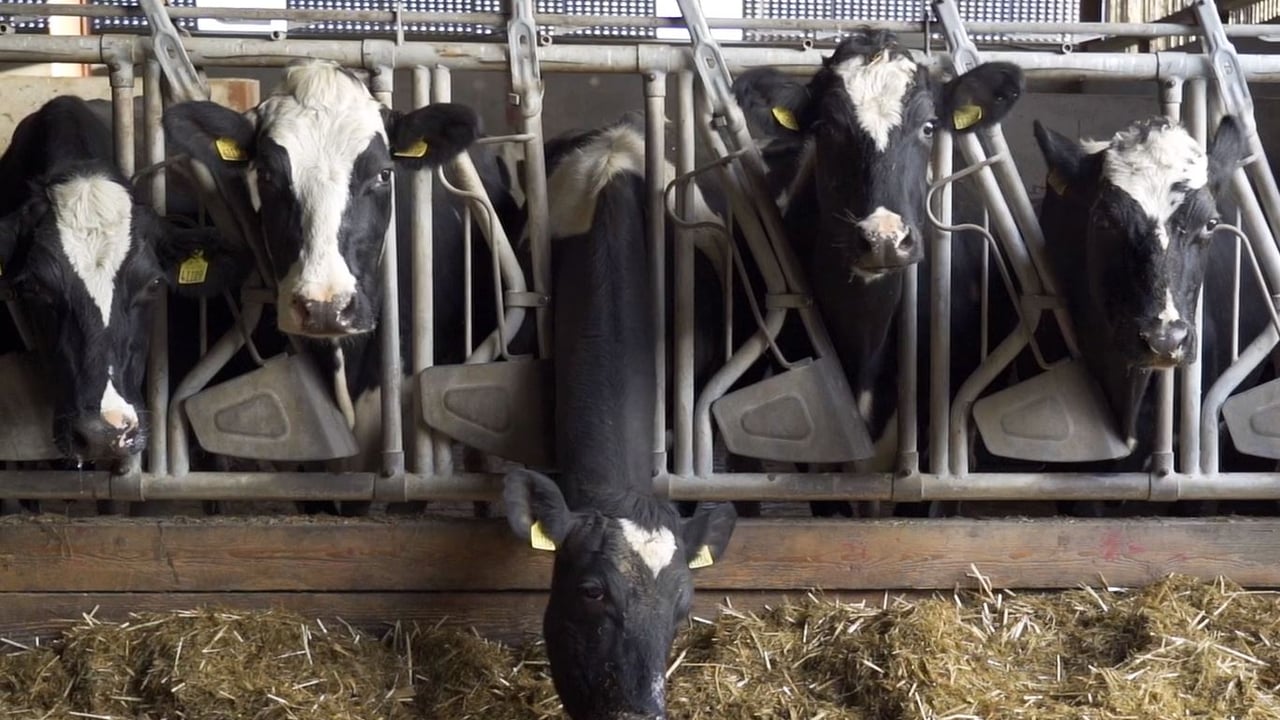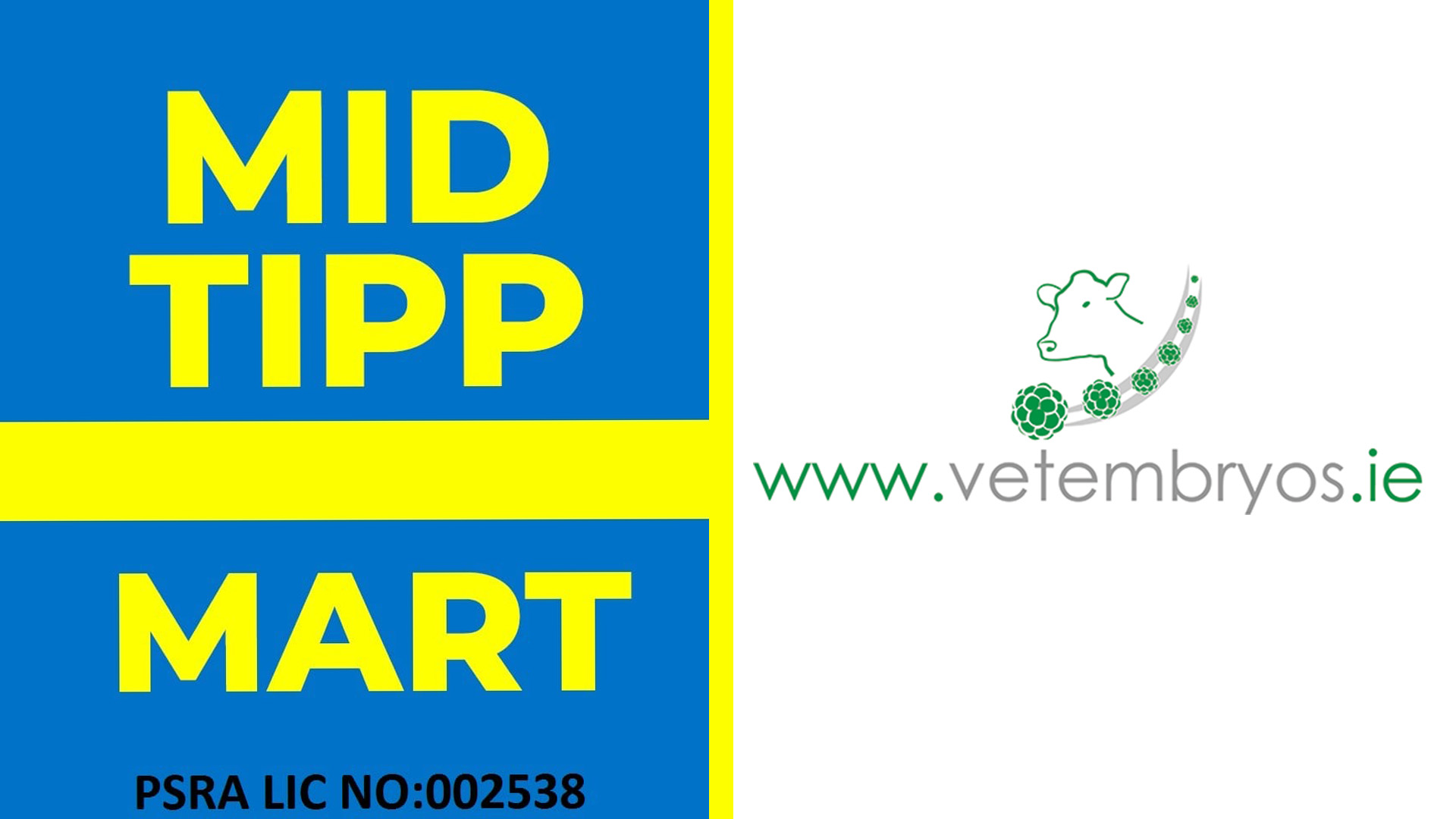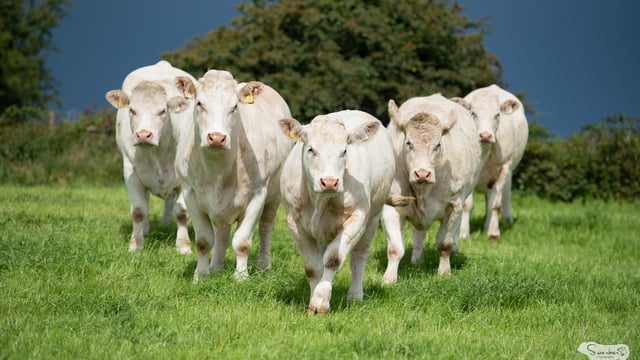Sponsored Article

Sponsored Article
Understanding the risk of milk fever this calving season
Sponsored Article

“All freshly calved cows are challenged to maintain normal calcium levels within the first 72 hours of calving, so the modern dairy farmer needs to understand the risk of milk fever within the herd and aim to prevent it wherever possible,” said Maura Langan, Norbrook vet adviser.
Milk fever, or hypocalcaemia, occurs when the cow is unable to mobilise her own calcium reserves quickly enough to match the increased demand created by the production of colostrum and the onset of lactation.
Some cows struggle to adapt to the increased need for calcium more than others.
Cows particularly at risk of milk fever include those that are over-conditioned (body condition score [BCS] of 3.5 or more), under-conditioned (BCS 2.5 or less), older cows (third lactation plus), those with a history of milk fever, high-producing dairy cows and breeds such as Jersey.
Milk fever has been found to increase the risk of other clinical diseases from retained placenta and left displaced abomasum to mastitis and lameness. The impact of clinical cases, reduced milk yield and sub-optimal fertility also have significant financial implications, leading many experts to recommend a whole-herd approach to the management of milk fever.
“Calcium is stored in the bones so it takes time for the cow to mobilise what is needed," continued Maura.
"In many Irish dairy herds, I would recommend an oral calcium supplement like Calcitrace D3 bolus or Calcitrace P liquid is given to every cow shortly after calving.
"For really ‘at risk’ cows this should be followed up with a second dose after around 12 hours. This will give high levels of easily absorbed calcium that will not interfere with the cows’ natural metabolic processes.”
For many farmers a case of milk fever involves a ‘downer cow’, when clinical hypocalcaemia results in a loss of appetite, low body temperature, muscle weakness causing her to go down and a slowing of her heart rate. Prompt veterinary treatment with intravenous Calciject 40+3 delivers high levels of calcium very quickly, getting the cow back on her feet.
“IV Calcium infusion is a lifesaving treatment,” added Maura.
“I always recommend a follow-up oral calcium supplement is given to every downer cow as this is the most effective way to ensure she has a continued calcium supply post-treatment until she is able to match her requirements naturally.”
Farmers are also being urged to be vigilant for other metabolic diseases and mineral deficiencies in Transition Cows.
“Milk fever is often complicated by deficiency in phosphorus and can bring an increased risk of ketosis when the animal goes off her feed. Your vet or animal health adviser or nutritionist will be able to advise about appropriate supplements or treatments,” said Maura.
“The calving season can be very busy and stressful for farmers, vets and cattle, but with careful milk fever management it’s possible to reduce the need for clinical intervention and promote a healthier more productive lactation.”
For more information about Norbrook’s range of Transition Cow products speak to your vet, agri merchant or visit Norbrook.com. by clicking here.
Always seek advice specific to your farm.
Sponsored Article






